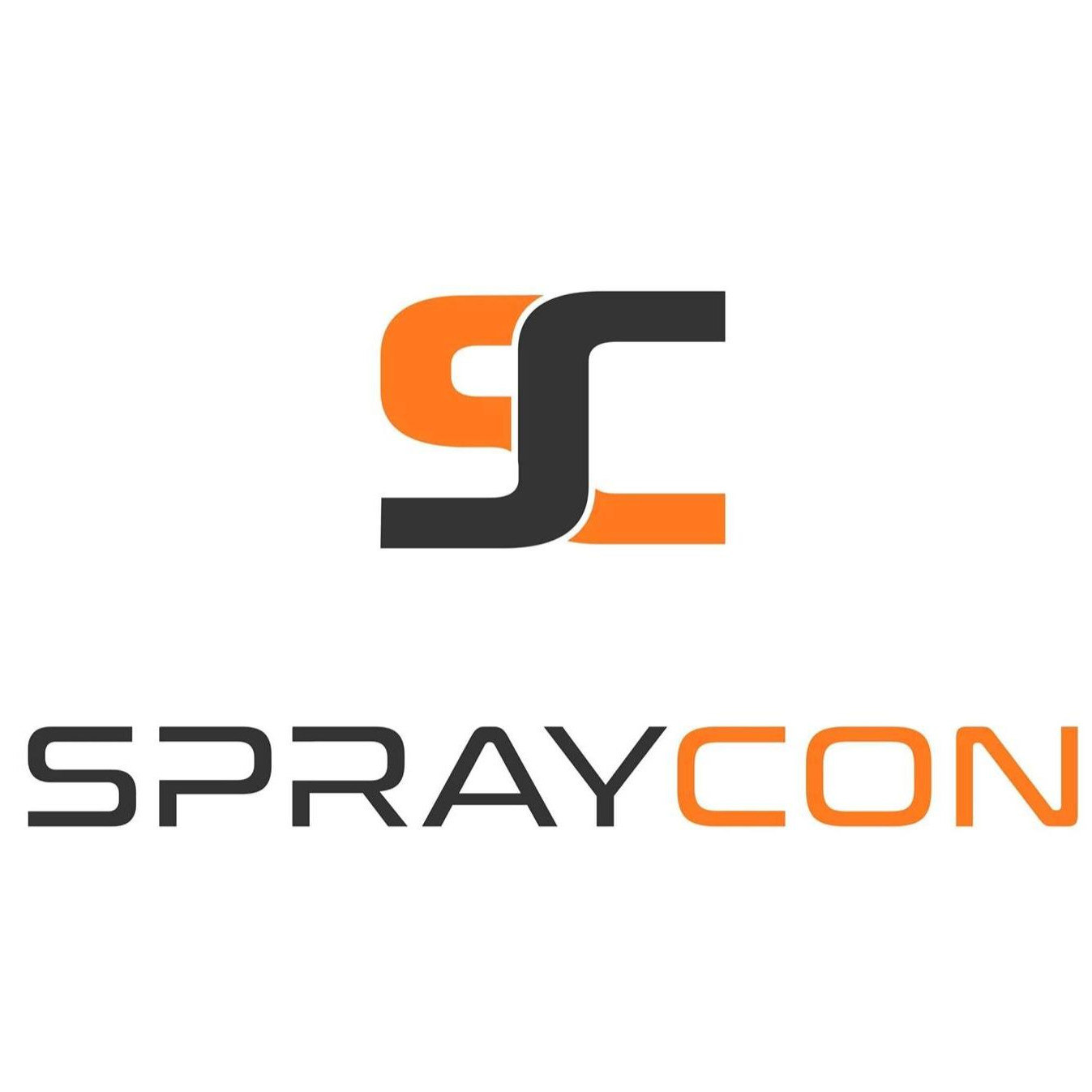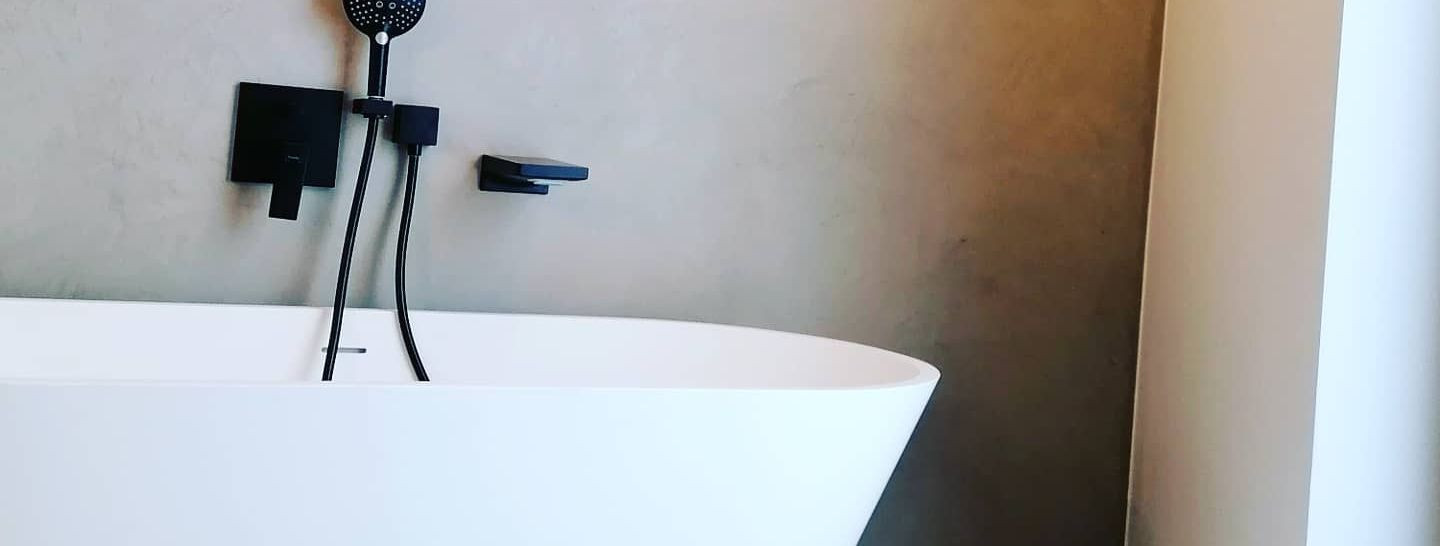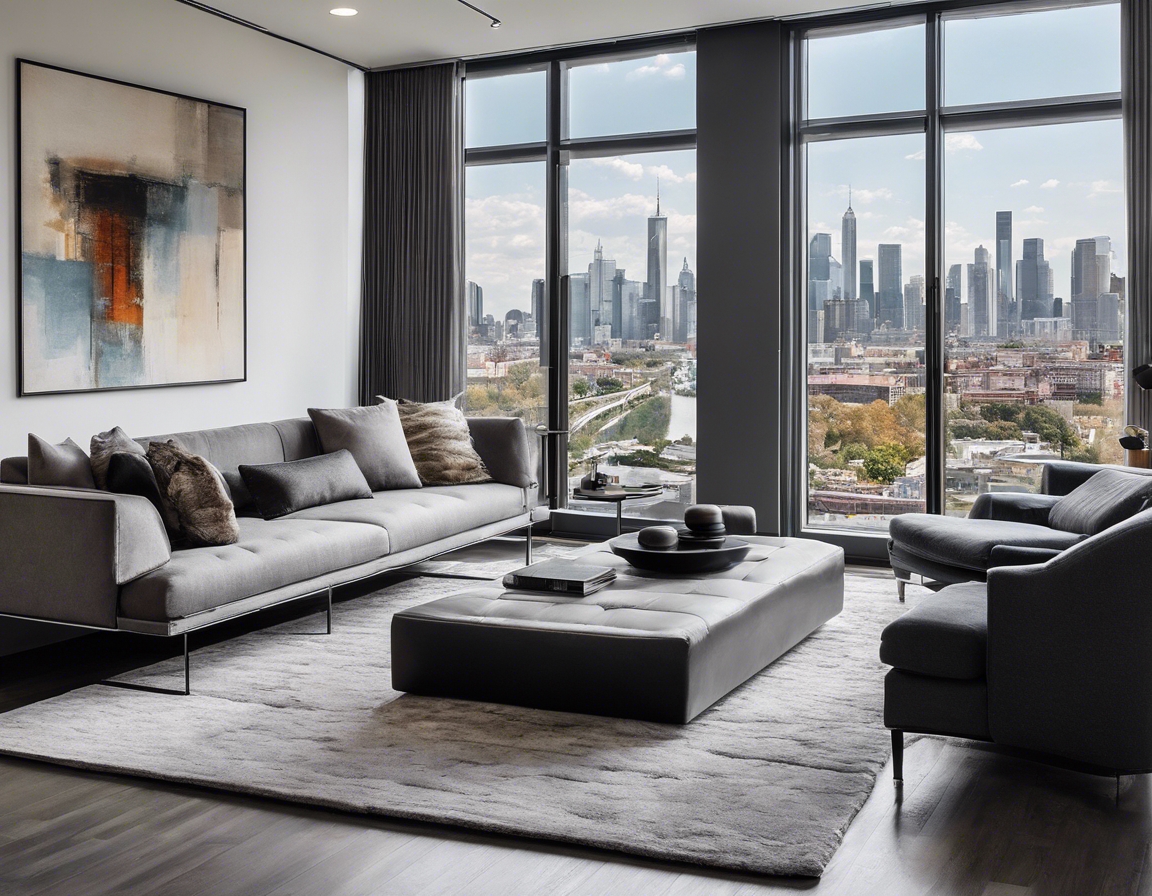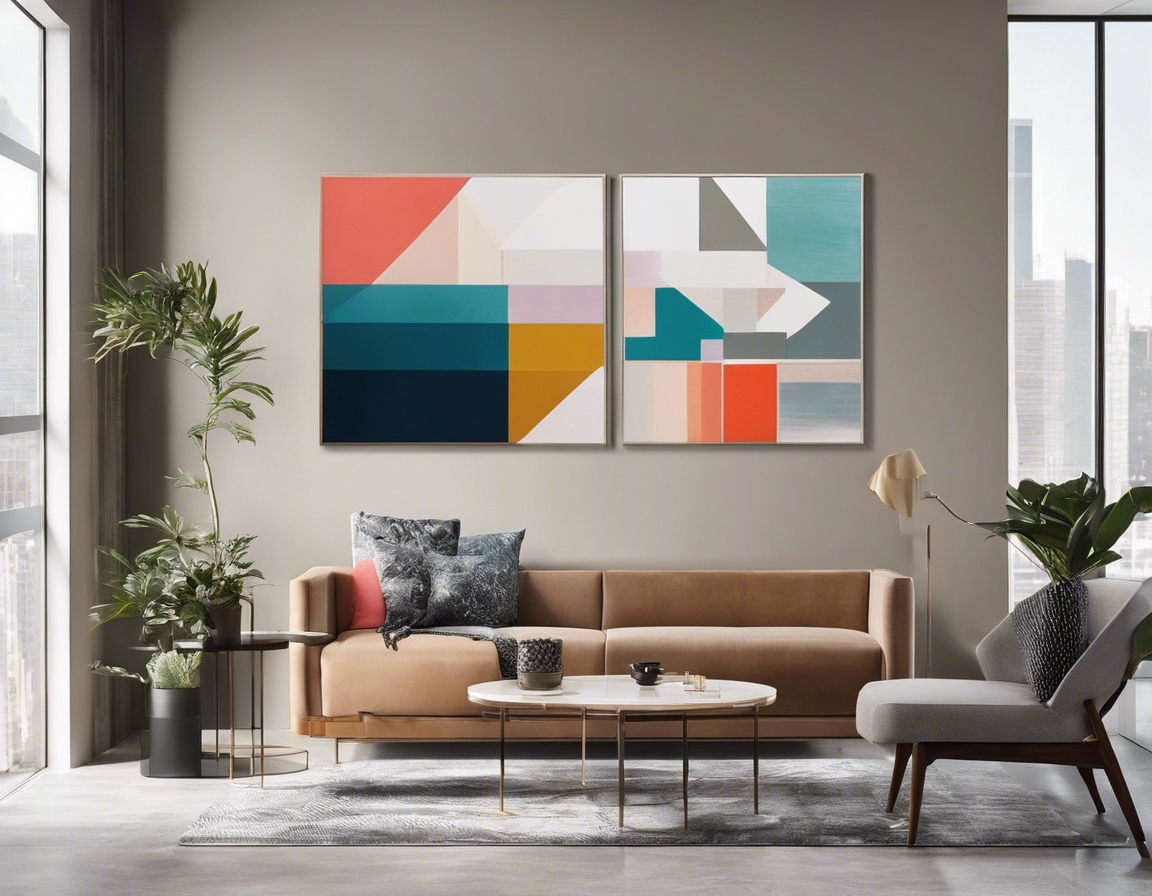5 trends shaping office interior design in 2023
The office environment has undergone a significant transformation over the past few years, with design playing a pivotal role in shaping how employees interact, collaborate, and perform. As we step into 2023, several key trends are emerging that redefine the traditional workspace and align with the evolving needs of businesses and their employees.
1. Biophilic Design: Bringing the Outdoors In
Biophilic design is more than just a trend; it's a philosophy that integrates nature into the built environment. By incorporating elements such as natural lighting, plant life, and organic materials, offices can create a more inviting and productive atmosphere.
Offices are now being designed with large windows, living walls, and indoor gardens. These features not only enhance the aesthetic appeal but also improve air quality and provide a sense of tranquility within the workplace.
Studies have shown that biophilic design can boost employee well-being, reduce stress, and increase creativity. By fostering a connection with nature, businesses can enhance employee satisfaction and retention.
2. Flexible and Adaptive Spaces
The concept of flexible workspaces has gained momentum, with companies recognizing the need for offices that can adapt to various activities and working styles.
Modular furniture and moveable partitions allow for easy reconfiguration of spaces to accommodate meetings, collaborative projects, or individual work. This flexibility supports a dynamic work environment that can evolve with the company's needs.
Advanced technology integration enables seamless transitions between different work modes. Smart office solutions, such as adjustable lighting and climate control, contribute to a more comfortable and personalized workspace.
3. Sustainability and Eco-Friendly Materials
As environmental concerns continue to rise, sustainability has become a cornerstone of office design. Eco-friendly practices and materials are not only good for the planet but also resonate with employees and clients who value corporate responsibility.
Offices are increasingly using materials such as reclaimed wood, recycled plastics, and other sustainable options. These choices reflect a commitment to reducing the environmental impact of business operations.
Energy-efficient lighting, HVAC systems, and appliances are becoming standard in modern office designs. These measures not only lower operational costs but also contribute to a healthier environment.
4. Brand Personality and Storytelling
Office design is becoming a powerful tool for expressing brand identity and values. A well-designed space can tell a company's story and reinforce its culture, attracting both talent and clients.
Custom graphics, unique color schemes, and bespoke furniture are just a few ways offices can express their brand personality. These elements create a memorable experience for employees and visitors alike.
Consistency in design across all touchpoints ensures a cohesive brand experience. This strategic approach to interior design can strengthen brand recognition and loyalty.
5. Health and Wellness Centers
With a growing emphasis on employee health, offices are dedicating spaces for fitness and relaxation. These wellness centers are designed to support the physical and mental well-being of the workforce.
From on-site gyms to meditation rooms, these facilities offer employees convenient options to stay healthy and recharge during the workday.
Design elements such as ergonomic furniture, adequate lighting, and noise reduction techniques contribute to a healthier work environment that can improve overall productivity and job satisfaction.






Comments (0)